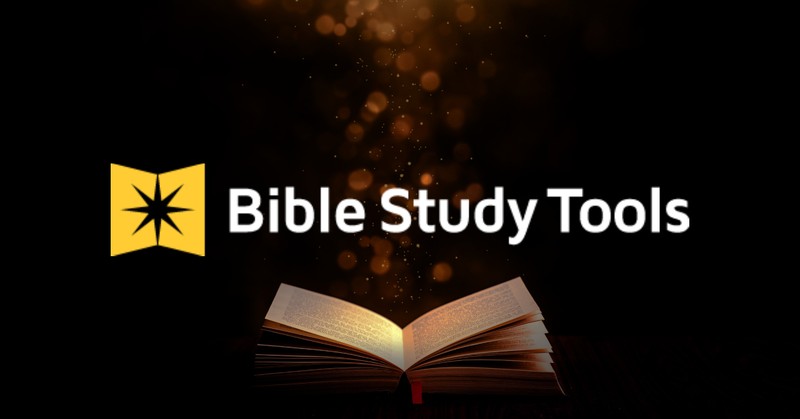- Recent Translations
- All Translations
Matthew 21:1
Share
Settings
Matthew 21:1 Meaning and Commentary
And when they drew nigh unto Jerusalem
The Syriac, Persic, and Ethiopic versions read, "when he drew nigh, or was near"; but not alone, his disciples were with him, and a multitude of people also; as is evident from the following account. They might well be said to be near to Jerusalem, since it is added,
and were come to Bethphage;
which the Jews say F14 was within the walls of the city of Jerusalem, and was in all respects as the city itself, and was the outermost part of it F15; and that all within the outward circumference of the city of Jerusalem was called Bethphage F16: it seems to me to be part of it within the city, and part of it without, in the suburbs of it, which reached to Bethany, and that to the Mount of Olives. Various are the derivations and etymologies of this place: some say it signifies "the house", or "place of a fountain", from a fountain that was in it; as if it was a compound of "Beth", an house, and (phgh) , "pege", a fountain: others, "the house of the mouth of a valley"; as if it was made up of those three words, (ayg yp tyb) , because the outward boundary of it was at the foot of the Mount of Olives, at the entrance of the valley of Jehoshaphat: others say, that the ancient reading was "Bethphage, the house of slaughter"; and Jerom says F17, it was a village of the priests, and he renders it, "the house of jaw bones": here indeed they might bake the showbread, and eat the holy things, as in Jerusalem F18; but the true reading and signification of it is, (ygap) (tyb) , "the house of figs"; so called from the fig trees which grew in the outward limits of it, near Bethany, and the Mount of Olives; hence we read of F19 (ynyh tyb ygp) , "the figs of Bethany"; which place is mentioned along with, Bethphage, both by Mark and Luke, where Christ, and those with him, were now come: the latter says, they were come nigh to these places, for they were come
to the Mount of Olives;
near to which were the furthermost limits of Bethany, and Bethphage, from Jerusalem. This mount was so called from the abundance of olive trees which grew upon it, and was on the east side of Jerusalem F20; and it was distant from it a sabbath day's journey, ( Acts 1:12 ) which was two, thousand cubits, or eight furlongs, and which made one mile:
then sent Jesus two disciples;
who they were is not certain, perhaps Peter and John, who were afterwards sent by him to prepare the passover, ( Luke 22:8 ) .
F14 Gloss. in T. Bab. Sanhedrin, fol. 14. 2. & Pesach. fol. 91. 1.
F15 Gloss. in T. Bab. Pesach. fol. 63. 2. & 91. 1.
F16 Gloss. in T. Bab. Sota, fol. 45. 1. & Bava Metzia fol. 90. 1.
F17 In loc. & ad Eustoch, fol. 59. 3. Tom. 1.
F18 Misn. Menachot, c. 11. sect. 2. T. Bab. Menachot fol. 63. 1. & 78. 2. Maimon. Hilch. Pesul. Hamukdash, c. 12. sect. 16. Gloss. in Pesach. fol. 63. 2.
F19 T. Bab. Pesach. fol. 53. 1. & Erubin, fol. 28. 2.
F20 Zech. xiv 4. Targum in Ezek. xi. 23. & Bartenora in Misn. Mid. dot. c. 1. sect. 3.
